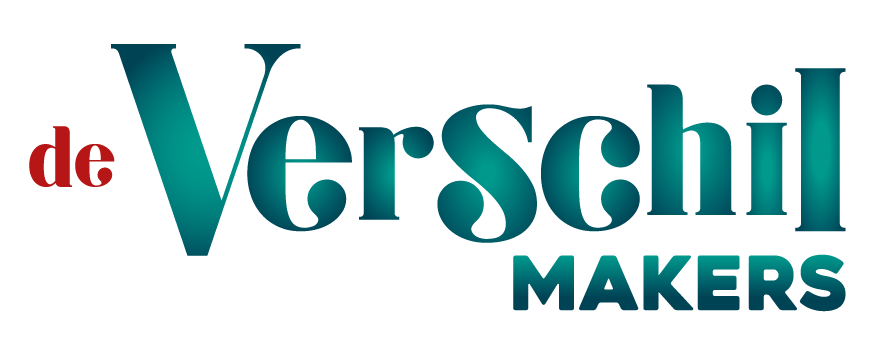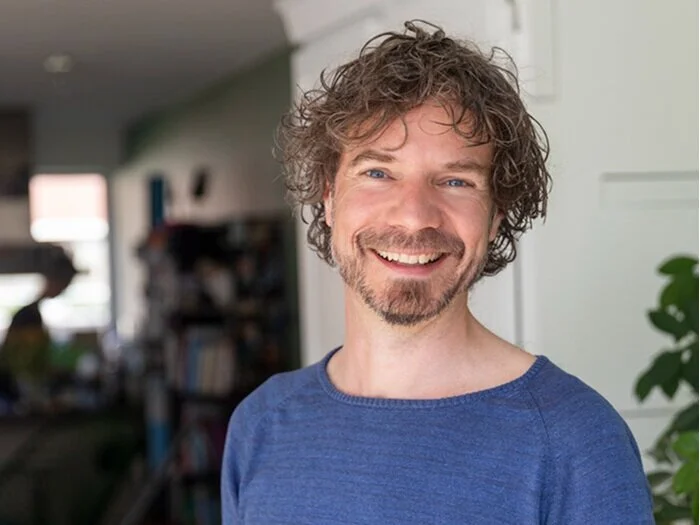The future is refurbished
Charlotte Adriana Mostert - Global Business Marketing Manager Circular Equipment
Thanks to her colleagues at Philips, Charlotte has learned that innovation does not automatically mean new. Working with the marketing team, she coaxes customers into the world of circular economy in health care. By opting to purchase refurbished equipment, hospitals not only save on indispensable costs, they also drastically reduce their footprint.
My colleagues were working passionately on the transition to a circular economy and helped me understand what a wonderful challenge the refurbishing process is. I’ve now become just as passionate! This is really how we should work in the future; this is where the real innovation lies. And I see how it can help the care sector.
The care sector has to do more with less budget. By opting for our circular propositions — e.g. leasing a refurbished CT scanner instead of buying a new one — a hospital will save money while using scarce resources far more efficiently because refurbished parts have a much longer life. Circularity contributes to affordable health care thanks to the more efficient use of the available products. But there’s no doubt that it’s also the right choice for our planet because the raw materials can remain in circulation longer.
How do you promote a circular economy in your daily work?
economy in your daily work? In concrete terms, we’re collaborating with clients and a multidisciplinary Philips team on ‘closing the loop’: an initiative to use all materials as effectively and responsibly as possible. Actively approaching customers with favourable propositions will mean far more materials can be returned to us that we can then put to use in a new product life cycle.
We help our customers spot and seize new business opportunities that ultimately result in cost savings and smarter handling of raw materials and inventory. Our marketing team creates effective instruments that help us explain these opportunities to our customers. These instruments include presentation materials on the circular economy in health care, a digital 3D tool that fully explains the refurbishment process and stories from customers who use our refurbished solutions.
Why do you see it as your task to proactively inform customers, even if they’re not inquiring about sustainability?
““It’s a common misconception that refurbished items are inferior in quality.””
Firstly, it’s our task because we have clear circular targets at Philips — by 2020, 15% of all our revenue must come from circular business models and, by 2025, all our large (medical) devices must be retrievable for reuse. And secondly, we believe in the benefits of sustainability for our customers and society at large. The service model is the only way to preserve the value of raw materials. Philips is aiming to make its operations CO2-neutral and to obtain all of its electricity from 100% renewable sources by the end of 2020 and we want to recycle 90% of our industrial waste this year. To accomplish this goal, it’s important that we demonstrate the benefits of this approach using concrete examples.
Refurbished products are often thought to be lower quality than new ones. How do you tackle this as marketing professionals?
““The second-hand market is a hotbed for innovation, and the marketing professional is the driving force.”
”
While persistent, that impression is wrong, particularly in Africa and Asia where the West used to dump a lot of discarded items. It’s up to us as marketing professionals to change the mindset of our customers. Our refurbished systems differ from regular second-hand systems in that every single part is tested, they are entirely tailor-made to the customer’s specifications and they come with a new warranty, which eliminates the risks for the customer. We show that there are refurbished solutions that have the same quality as new products. It’s a common misconception that refurbished items are inferior in quality. That’s why our programme slogan is ‘Rethink what new means’. For this programme, we work closely with hospitals who then show others that refurbished systems perform just as well in practice. We’re also looking to collaborate with researchers who use our renovated equipment for their high-level research. After all, it’s the technical functionality of the devices that’s at stake. In this way, we try to change people’s preconceptions about refurbished products.
When do you propose refurbished equipment?
Our refurbished systems occupy an integral role in the portfolio. We work with our customers to find the solution that meets their clinical, operational and financial needs. We then research whether a circular model is feasible. During this process, the health care facility essentially becomes our partner, and we benefit equally from the solutions. Potential solutions could be a ‘pay-per-scan’ model, including trade-in systems with guaranteed reimbursement, structured upgrades and refurbished products that are as good as new, but at a lower price point.
The margin can be lower for such proposals, but because we have specific KPIs for circular turnover, it’s still an important objective for us. Moreover, this kind of proposal is future-proof. Both parties benefit from the partnership, and we prefer to build long-term relationships with our customers rather than opting for a one-off sale that has a higher margin.
What do you see as the role and qualities of marketing professionals in the circular economy?
““The circular marketing professional needs particular qualities and different skills.””
The role of the marketing professional is to inform customers and establish partnerships. Besides creating sustainable awareness and demonstrating the financial benefits of circularity in the short term, it’s also important over the long term to measure and explain the impact of circular business models. This can be explained in terms of the environment, the people, the materials used, the customers or the suppliers with whom we work. The more transparent we can be in mapping out the impact of the circular business models and the better we can explain this impact, the faster the transition will be made.
That’s why the circular marketing professional needs particular qualities. Above all, a marketing professional is someone who’s incredibly curious. And he or she must have advanced problem-solving skills and technical knowledge about such aspects as the use of materials and logistics processes to feed R&D and to make the product roadmap more circular. The marketing professional is also a networker and initiator who can implement improvement projects while drumming up support at every level of the organisation.
For example, we organise co-creation sessions with customers, the sales department and R&D to collaborate on circular solutions, such as how to arrange our service so that we can respond more quickly when one of our systems at a hospital requires repair.
“ “It’s up to us, the marketing professionals, to change the mindset of our customers.”
As marketing professionals, how and why do you map out the entire chain?
We do this using a circular design process that we created along with a multidisciplinary team of marketing, sales and design professionals, business leaders and production managers. It functions as a blueprint for all our future projects. For this process, we first conduct dozens of in-depth interviews to gain a better understanding of the entire chain of goods and services. We then identify both the circular gaps and the opportunities. We map out where there is a loss of value in the data systems, goods logistics or downcycling, for example. This process also provides the life cycle experience flow that includes all the instances when non-medical personnel deal with a device, which gives us useful insights for future circular design. If marketing professionals are interested in this, they should feel free to contact me.
Can you name a product in which you, as a marketing professional, played a role to make its design more circular?
The modular design of our ultrasound system. This system now has a longer lifespan and can be upgraded with a minimal amount of materials. Due to the modular design, it’s easier to refurbish or replace the various parts and components. On average, this system is comparable to a laptop. The hardware it uses becomes outdated at some point and requires an upgrade to meet the high technological software requirements. The remaining 90% of the components can be reused, provided the material for this has been developed. We managed to achieve that and now it’s (partly) up to us to establish a successful circular user model for this.











